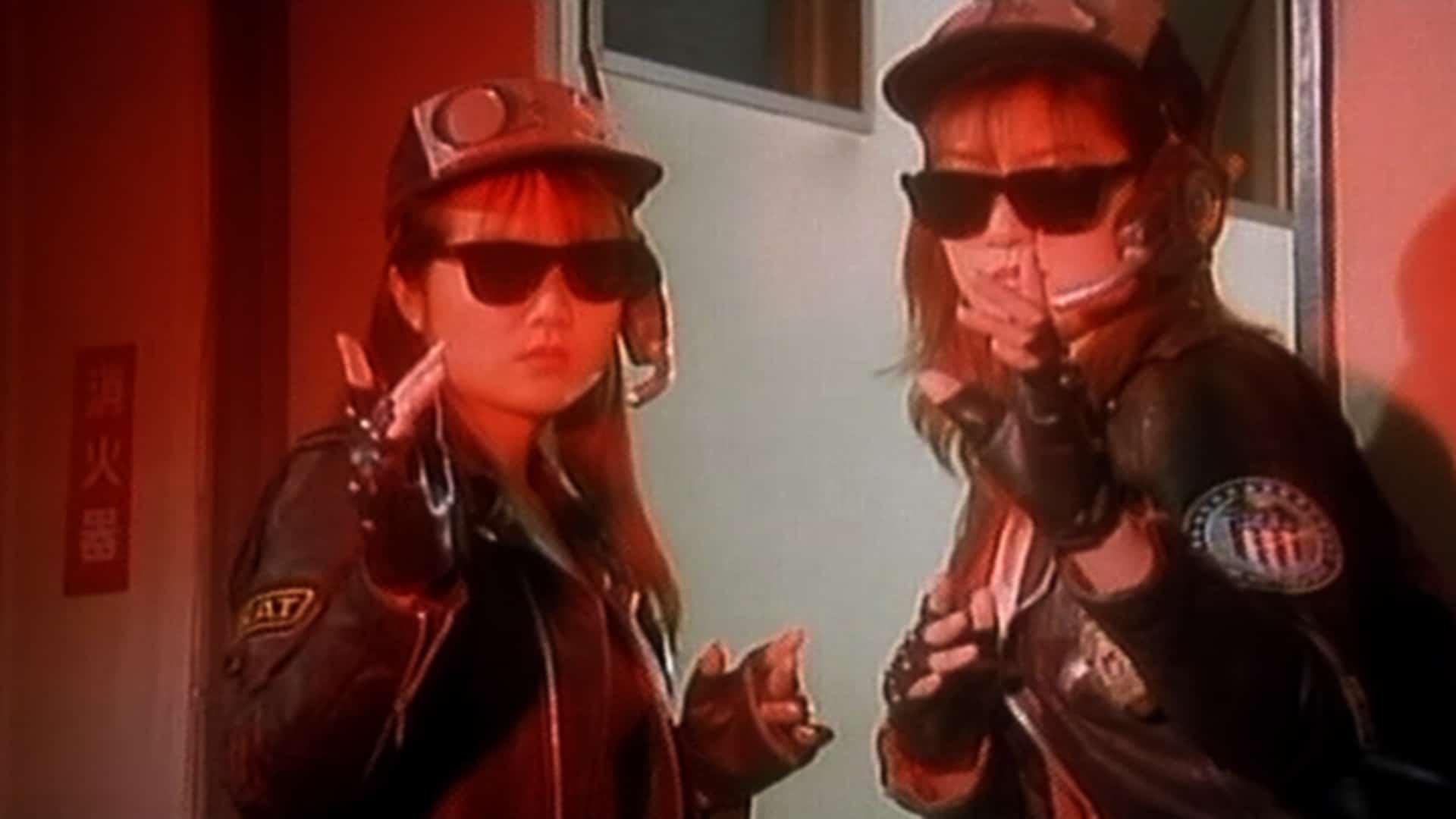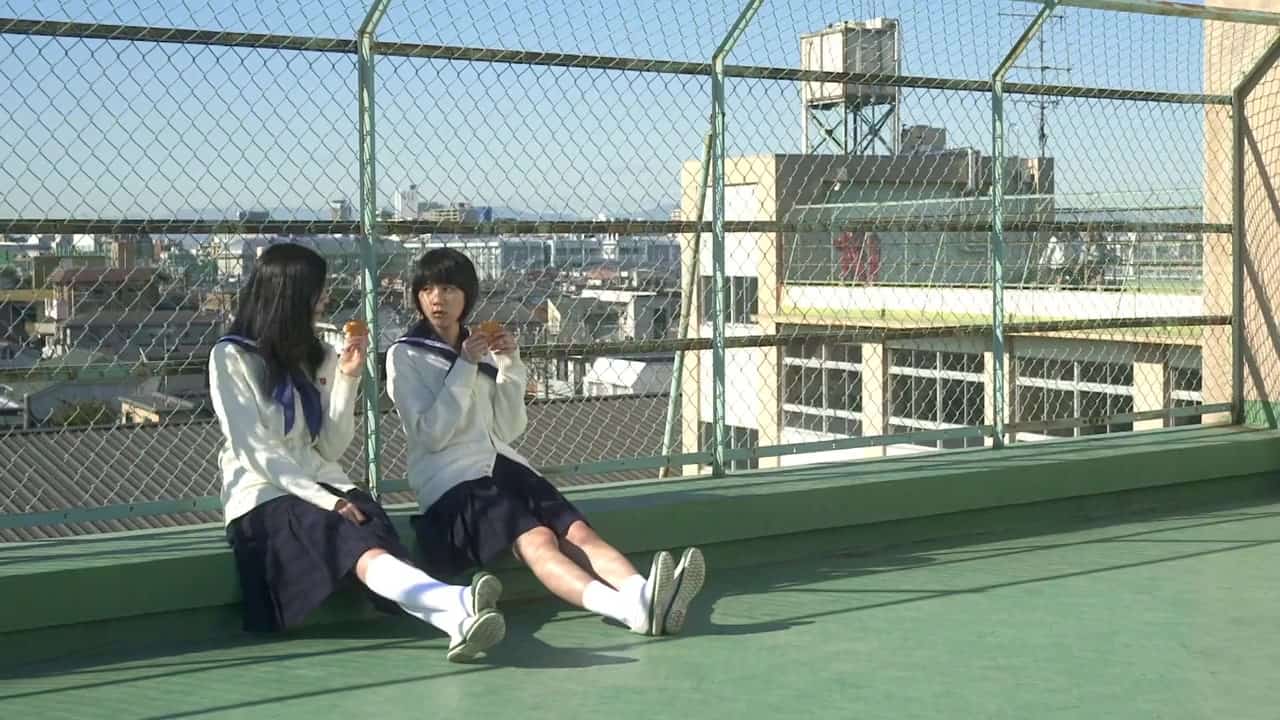Korean Inchul Lee has been based in Japan since he was 19 years old, and in his debut short, seems to have adopted the aesthetics of the latter to the fullest, although some Korean elements are not missing.
In the year 4015, humanity has transformed itself into androids, in an effort to erase desire, the concept believed to have led to its almost complete destruction. However, eventually desires appeared again, in the form of obsession, curiosity, and freedom and finally, desire itself. As the animated introductory scene explaining all these fades out, the movie transforms into live action, as we watch Kai, a shoemaker and the owner of an atelier welcoming a client, Yellow, who is impressed by her shoes. Kai offers to manufacture a pair that will suit her perfectly and Yellow gladly agrees. However, the fact that her feet are not evenly matched seems to present some issues for Kai, who eventually manages to produce the pair, although the rehearsal goes very bad, with Yellow almost falling as she tries walking on them. Kai gradually becomes obsessed with making the perfect pair for Yellow, almost ignoring the wishes of the rest of the “colorful” customers entering her atelier.
Inchul Lee directs a true eye-candy, a film where style seems to be everything, as it is even used to portray some social and philosophical comments. In that fashion, Chanel has designed the clothes, while Haider Ankerman and Mihara Yasuhiro are involved in the impressive costumes and shoes featuring in the film, all of which create a magnificent and truly colorful setting for the story. The fact that the peripheral characters all wear monochrome tones while Kai a baroque-styled costume, highlights the fact that she is the protagonist, in a way that fits the general aesthetics of the film perfectly. Takuro Ishizaka's cinematography is another very important factor in the visual prowess of the short, as his camera worships the shoes, the costumes and the baroque-styled set. Hyoyng Woo-roh's music is the main factor of the eerie atmosphere that permeates the film, which, additionally, implies that something bad is going to happen eventually. Toshiaki Hanzaki's initial animation is a true work of art, in the style of a toned down and contemporary looking “Belladona of Sadness”.

The main point of the film revolves around the concept of desire and its three extensions, obsession, curiosity and freedom. All of the women in the film desire something. The clients desire the shoes Kai makes, to the point that one of them even asks if she could just try a pair. Kai desires to make the perfect pair for Yellow, and her desire eventually becomes an obsession, which Lee portrays as a sentiment leading to extreme situations. Of course, what leads the clients in the atelier in the first place is their curiosity, while Kai desires the freedom to do anything she wants in order to achieve her goal. However, my take is that Lee portrays all these concepts as having, eventually, bad consequences, although he seems to suggest that beauty maybe worth it.

Rinko Kikuchi in the protagonist role is impressive as a woman obsessed with perfection, to the point that she is willing to go to extremes to achieve her goal. Both hers and the performances of the rest of the cast (all of which have gorgeous legs) are laconic, although all of them manage to portray their frustration and adoration quite eloquently.
“Highheels” is a triumph of style, a visually impressive debut that leaves a lot to be expected by Inchul Lee's future works.















